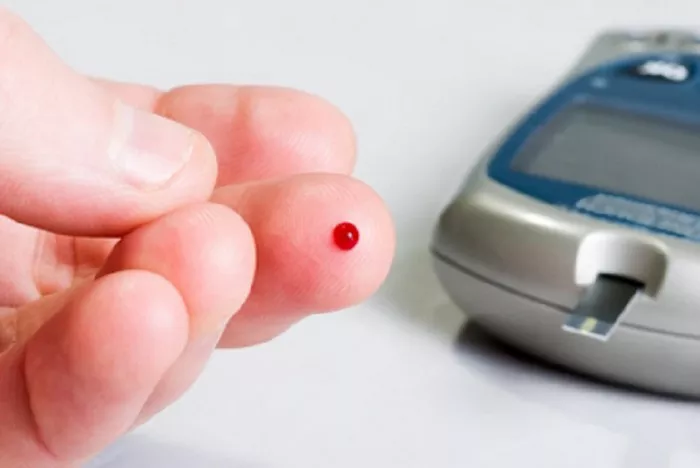A new review highlights significant gaps in research on the impact of physical activity on type 2 diabetes among First Nations Australians. Despite rising diabetes rates in Australia—now affecting nearly 1.9 million people—data specific to Indigenous communities is lacking, leaving health experts with limited information on effective prevention and management strategies tailored to their needs.
Rising Diabetes Rates Among Indigenous Australians
Diabetes, particularly type 2, disproportionately affects Indigenous Australians, who are three times more likely to be diagnosed with the disease than non-Indigenous Australians and over four times more likely to die from it. The social determinants of health, including limited access to nutritious food, healthcare, housing, and employment, contribute significantly to the prevalence and impact of diabetes in Indigenous communities, especially those in remote areas. Type 2 diabetes often appears earlier in First Nations communities, with many cases diagnosed before age 40, raising the risk of complications affecting the heart, kidneys, eyes, and feet, as well as mental health.
Physical Activity’s Potential Role
Lifestyle interventions, such as diet and exercise, are critical to managing type 2 diabetes, with physical activity shown to improve glucose control, cholesterol levels, and weight. Current evidence suggests that a combination of aerobic and resistance exercises may be particularly effective. However, the recent review published in the Medical Journal of Australia found limited data on how such interventions specifically benefit Indigenous Australians. Only nine studies focused on physical activity interventions for type 2 diabetes in Indigenous adults, with mixed results due to design limitations and minimal involvement of Indigenous communities in the research process.
Barriers to Effective Diabetes Management
Many barriers hinder diabetes prevention and management in Indigenous communities, particularly in rural and remote areas. Socioeconomic disparities, access to healthcare, and the high cost of technologies like continuous glucose monitors create additional challenges. Indigenous Australians are also less likely to meet standard physical activity recommendations due to limited access to safe and family-friendly exercise facilities. Additionally, cultural and social factors may influence what types of exercise are feasible and appealing.
The Call for Culturally Relevant Research
The review underscores the need for culturally appropriate, well-designed studies that actively involve Indigenous communities in all stages of the research process. This targeted research could identify the most effective approaches to promote physical activity among First Nations people and understand how exercise impacts diabetes management in this population. Enhanced research would help inform policies and healthcare strategies that better support Indigenous Australians in managing and preventing type 2 diabetes.
Related topics:
AI Technology Identifies Diabetes Patients at Increased Risk for Cardiomyopathy
Groundbreaking Treatment Offers New Hope for Type 1 Diabetes Patients at University of Chicago


























